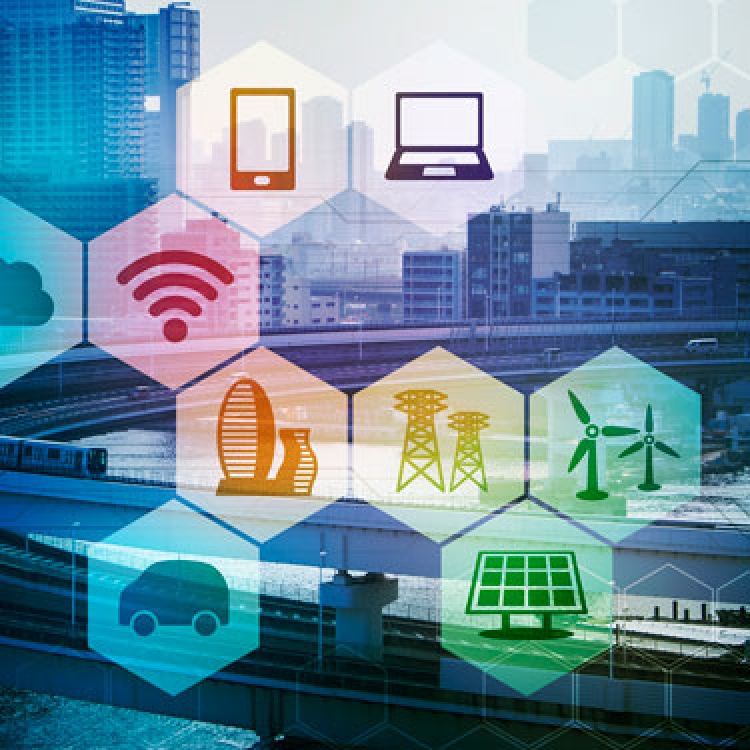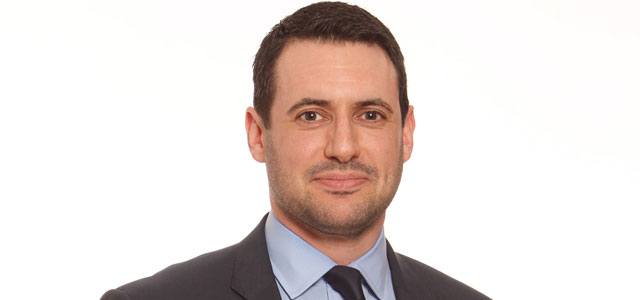How the Internet of Things is transforming risk management

For risk managers, the Internet of Things (IoT) revolution is often about grappling with new risk exposures and potential changes to liability, rather than enjoying the exciting potential of these new technologies. But that is no longer so: IoT is now producing very real benefits for the risk profession. James Martin of XL Catlin reveals some of the latest IoT trends in risk management.
This year the number of internet-connected "things" surpassed the number of human beings on the planet. But while dire headlines abound about the risks posed by our increased connectivity and the potential vulnerabilities that exposes, there are also potential positive benefits for risk management.
According to Gartner, by the end of 2017, there will be 8.5 billion connected "things" in use; 1.13 for every person on earth. By 2020, Gartner predicts, this will rise to 20.4 billion.
While this might sound scary, there are many ways in which the IoT can be harnessed to help risk management, many of which are already in use. Here are just some of the ways that risk management processes are being improved - across various sectors - by the IoT:
Property
- Installing dense networks of advanced sensors around active earthquake faults can increase alert times from seconds to minutes. That may not sound like much, but it's enough time for someone to get under a table, or to stop a train.
- Manufacturers are using streaming data from sensors and devices to quickly assess current conditions, recognise warning signs, deliver alerts and automatically trigger appropriate maintenance processes.
- General Electric's latest Evolution Series Tier 4 Locomotive is loaded with 250 sensors that can measure 150 thousand data points per minute. The end result: enhanced safety, on time performance, equipment uptime and longevity.
Construction
- Sensors embedded in concrete during the pouring process can relay data on the quality and integrity of the concrete as it cures. They also become a permanent part of the structure and can alert the building owner if subsidence or other issues threaten the stability of the building.
- An engineering firm has designed a "smart hard hat" for construction workers that monitors body temperature and heart rate along with ambient temperature and humidity. Sound and vibration alerts are issued if the worker is at risk of heatstroke.
- A major manufacturer of heavy construction equipment is deploying IoT applications to capture information on the precise location and condition of its equipment. That will reduce the risk of thefts - a particular issue with leased equipment - and enhance preventive maintenance: "repair before failure."
Aviation
- New Boeing 787s are loaded with connected IoT devices. Sensors in the engines, landing gear and other systems will generate more than half a terabyte of data per flight, and enable airline operators to spot and solve mechanical issues before something happens.
Marine
- Outfitting more and more containers with sensors will help the insurance industry to better understand how much insured cargo is sitting in a port at any given time.
- As sensors become less expensive and more sophisticated, cargo owners are better able to monitor the conditions on high value, climate-sensitive goods.
- Reductions in the cost of tracking devices now make it more feasible to secure high-value shipments including fine art & specie, pharmaceutical products and electronic devices that are attractive to cargo thieves.
Agriculture
- The "smart farm" of the future will be highly interconnected. Advanced sensors, telematics devices, low-power wide area communications networks and related technologies will help farmers monitor vital information including: humidity, air temperature and soil quality; animal location and behavior; machine status; and storage tank levels.
- In a recent proof-of-concept, researchers from Harper Adams University in the UK planted and harvested a crop of barley using robot tractors and harvesters supported by drones for aerial surveillance.
Casualty
- Most of the employees at a technology company in Wisconsin recently had an RFID (radio frequency identification) chip implanted between their thumb and index finger. The chip is the size of a grain of rice and allows them to swipe into the building, pay for food in the company cafeteria and perform similar tasks simply by waving their hand. Participation is entirely voluntary, and the chip cannot track or monitor employees.
Accident & Health
- Many corporate travel tracking systems today use the geolocation capability in smartphones to alert employees traveling in a particular locale of potential dangers or threats.
- Sensors embedded in the flooring in manufacturing/assembly plants and warehouses/fulfillment centers can continuously monitor the friction characteristics and moisture content of the floors. That can help prevent slips, trips and falls, as well as reduce fraudulent claims.
- Smart wearables and mobile health monitors can support return-to-work programs and help ensure that an injured worker's return to work is appropriate and timely.
Life Sciences
- Advanced diagnostic tools, cloud-based data networks and improvements in artificial intelligence are helping health care evolve from reactive "sick care" to "P4 medicine" that is predictive, preventive, personalised and participatory.
- New IoT-enabled devices dispense pre-filled cups of scheduled medications for patients who find it difficult to maintain their medication dosages on their own.
- In London, 50 base stations will create the UK's largest IoT low-power wide area network (LoRaWAN). The stations will capture a variety of data including temperature, air quality and humidity that could be used to help asthma sufferers.
For insurers too, the Internet of Things can offer benefits that will help them better underwrite certain exposures - and to resolve claims more quickly. The IoT offers more accurate and insightful data, and can also help improve safety and loss prevention, particularly in heavy industrial operations.
So as we all get to grips with the IoT and the risks and opportunities it brings, let's keep in mind the positives and think about the ways this new reality can make the management and transfer of risks more efficient.

James Martin works in client & broker management at XL Catlin.
